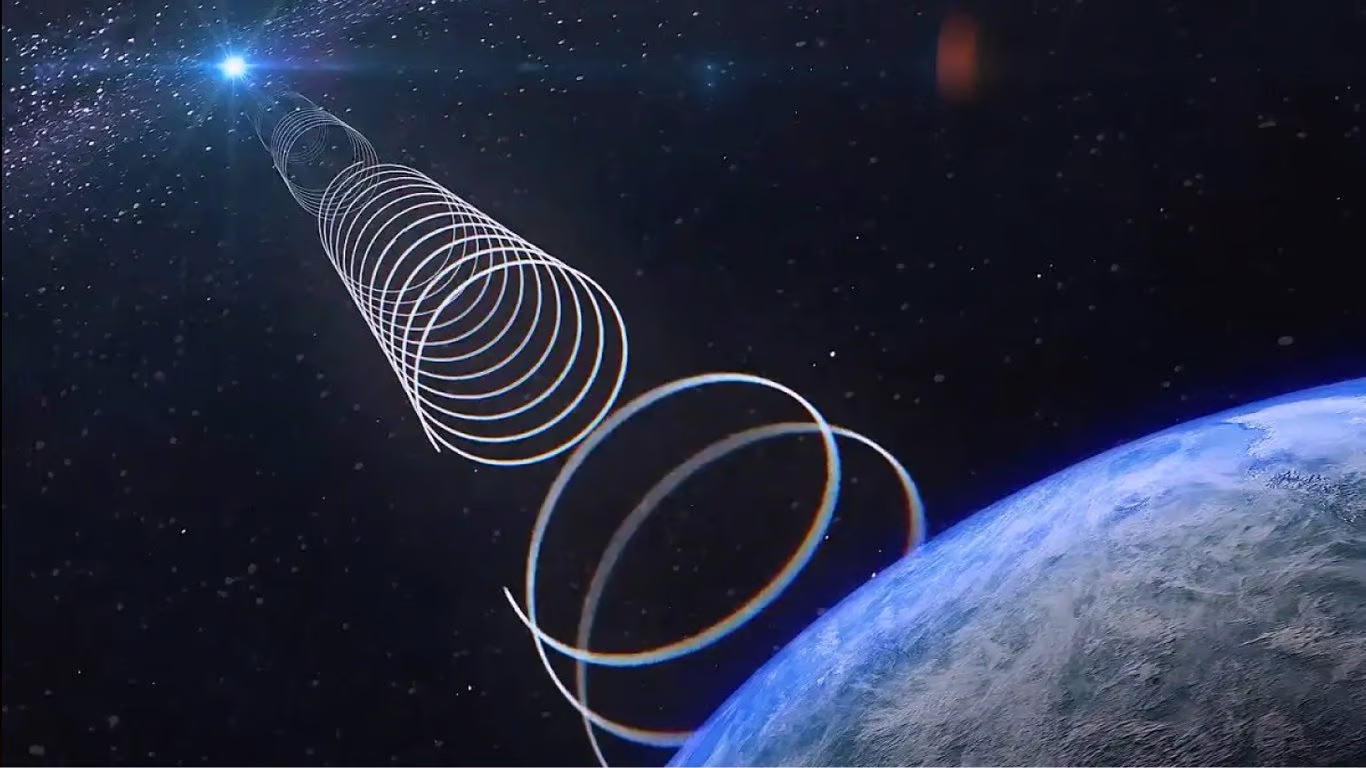
NASA astronomers have discovered an unexpected “signal” coming from outside our galaxy that they cannot explain.
This was reported by Science Alert.
According to Francis Reddy of NASA’s Goddard Space Flight Center, it was “an unexpected and as yet unexplained feature outside our galaxy.”
The powerful Fermi Space Telescope can detect gamma rays, which are huge bursts of energetic light hundreds of billions of times larger than our eyes can see. They often occur in star explosions or nuclear explosions. The scientists stumbled upon an alternative signal when they were looking for something completely different.
“This is a completely accidental discovery,” said Alexander Kashlinsky, a cosmologist at the University of Maryland and NASA’s Goddard Space Flight Center, presenting the results of the study at the American Astronomical Society. – “We found a much stronger signal in a different part of the sky than the one we were looking for.
Scientists have been looking for one of the oldest characteristics of gamma radiation to create the first atoms, known as the cosmic microwave background or CMB. Astronomers generally believe that this structure is created by the motion of our solar system.
Instead, the researchers detected a signal coming from a similar direction and almost the same magnitude as another unexplained object that contained some of the most energetic cosmic particles they had ever detected.
“We found a gamma-ray dipole, but its peak is in the southern part of the sky, far from the LHC, and its magnitude is 10 times larger than we would expect from our motion,” said Chris Schrader, an astrophysicist at Goddard.
Scientists believe that the discovery may be related to the cosmic gamma-ray function observed by the Pierre Auger Observatory in Argentina in 2017, and that the two phenomena may originate from the same unidentified source, given their similar structure.
They hope to find a mysterious source or develop alternative explanations for both features.

